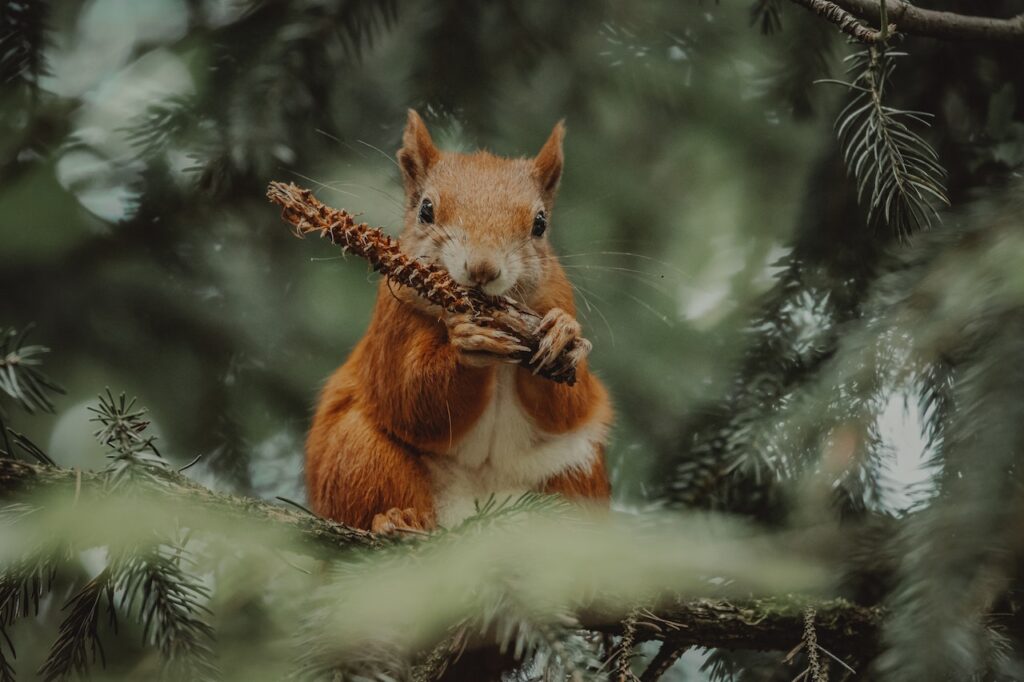
Wildlife rehabilitation serves as a beacon of hope for injured, orphaned, or sick animals, providing them with a second chance at life. This crucial practice combines veterinary care, rehabilitation techniques, and compassionate support to enable animals to recover and return to their natural habitats. In this article, we will explore the importance of wildlife rehabilitation, the rehabilitation process, the role of dedicated professionals and volunteers, and the significance of community involvement in conserving and protecting our precious wildlife.
Understanding Wildlife Rehabilitation
Wildlife rehabilitation is a specialized field that focuses on providing medical treatment, nurturing, and support to injured, orphaned, or distressed wild animals. The primary goal is to restore their health and abilities, with the ultimate aim of releasing them back into their natural habitats. Rehabilitators work with a wide range of species, including birds, mammals, reptiles, and marine life, and address various issues such as injuries, illness, malnutrition, and the effects of human interference.
The Rehabilitation Process
Rescue and Intake: Injured or distressed animals are often brought to wildlife rehabilitation centers by concerned citizens or animal control agencies. Rehabilitators assess the animal’s condition, provide initial medical care, and create a suitable environment for its recovery.
Veterinary Care: Wildlife veterinarians play a crucial role in diagnosing and treating the animals’ injuries or illnesses. They provide medical interventions, administer medications, perform surgeries if necessary, and monitor the progress of the animals throughout their rehabilitation journey.
Nurturing and Rehabilitation: Animals receive specialized care tailored to their species-specific needs. This includes appropriate diets, physical therapy, behavioral enrichment, and socialization to ensure their physical and mental well-being. The ultimate goal is to prepare them for a successful return to the wild.
Pre-release Conditioning: Prior to release, rehabilitators help animals regain their natural instincts and abilities. This may involve providing opportunities for exercise, foraging, and developing hunting skills to ensure their survival once back in the wild.
Release and Post-release Monitoring: Animals are released into suitable habitats, where they can thrive and contribute to their ecosystems. Some rehabilitation programs also monitor the animals post-release to assess their adaptability and success in their new environment.
The Role of Dedicated Professionals and Volunteers
Wildlife rehabilitation relies on the dedication and expertise of professionals and volunteers who work tirelessly to save and rehabilitate animals in need. Veterinarians, wildlife biologists, rehabilitators, and support staff collaborate to provide specialized care and rehabilitation services. Volunteers assist with tasks such as animal care, facility maintenance, fundraising, and public education. Their collective efforts contribute to the successful recovery and release of countless animals.
Community Involvement and Education
Community involvement is crucial in supporting wildlife rehabilitation efforts. Public awareness and education play a significant role in reducing human-wildlife conflicts, preventing injuries, and promoting responsible interactions with wildlife. Rehabilitation centers often engage in outreach activities, providing educational programs, workshops, and resources to foster a deeper understanding and appreciation for wildlife conservation.
Conservation and Long-term Impact
Wildlife rehabilitation not only helps individual animals but also contributes to broader conservation efforts. By rescuing and rehabilitating animals, rehab centers actively participate in species conservation, biodiversity preservation, and ecological balance. Additionally, the data collected during rehabilitation and post-release monitoring programs provide valuable insights into wildlife health, behavior, and population dynamics, assisting scientists and conservationists in making informed decisions.
Conclusion
Wildlife rehabilitation plays a vital role in restoring hope and ensuring the survival of injured and distressed wildlife. It is a testament to human compassion and our responsibility to protect and conserve the natural world. Through the dedicated efforts of rehabilitators, veterinarians, volunteers, and community engagement, we can make a significant impact on the lives of individual animalsand the conservation of their species. By supporting wildlife rehabilitation efforts, we actively contribute to the preservation of biodiversity, the restoration of ecosystems, and the sustainability of our planet. Let us embrace the mission of wildlife rehabilitation, working together to protect and rehabilitate our precious wildlife and secure a brighter future for all living beings.

